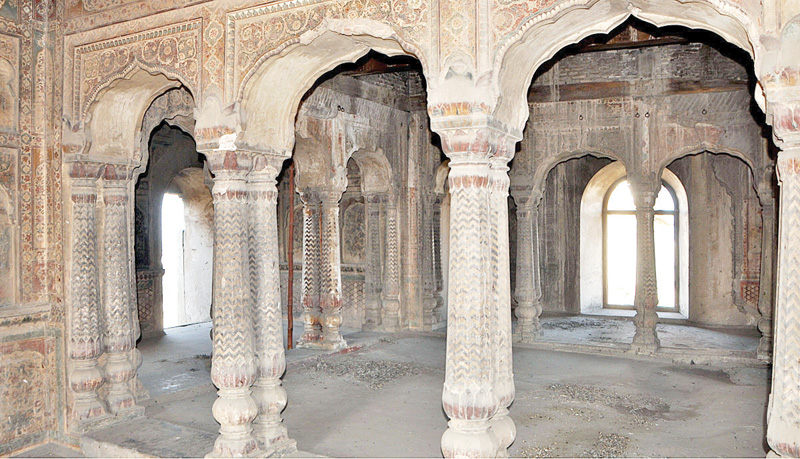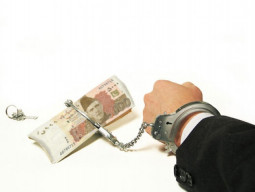
In its present form, the fort measures 128 meters north to south and 115.5 meters east to west, with walls averaging 11.5 meters in height. It presents a formidable appearance and rises easily above the cityscape in southeastern Sheikhupura where it remains a distinctive landmark.
TheTuzuk-i-Jahangiri (Autobiography of Jahangir) mentions that the Emperor assigned the job of constructing the fort to Sikandar Moeen on his hunting trip to Hiran Minar in 1607AD.
Reclaiming Sindh’s heritage: ‘Mohen Jo Daro is here for the world to own’
The Badhshah Nama records multiple visits to the area by Jahangir and his son, the Emperor Shah Jahan. All of these visits took place between 1606 and 1646, after which the area was briefly held by Shah Jahan's son, Prince Dara Shikoh.
The fort had been used as a camp for the emperor and his retainers, providing more suitable accomodation than the exposed baradari and other pavilions at Hiran Minar.
According to historians, one remnant of this period may be the ruined halls and basement chambers at the northeast corner of the fort, which Jahangir and Shah Jahan may have used as a royal residence.
Heritage found: New book recaps rich history of Sikhs
The most impressive buildings inside the fort are the magnificent havelis (mansions) that were largely the product of the Sikh period and the latter Mughal era (the mid 17th to early 19th centuries).
One famous occupant of the haveli was Maharani Datar Kaur, the wife of Maharaja Ranjit Singh, the leader of the Sikh Empire. She died in 1838.
Later, Lehna Singhan, an ally of Ranjit Singh invaded the fort and after him, the fort passed on to the ownership of Bhai Singh.
However, after changing a few more hands, it was in the possession of Sahib Singh and Sahai Singh in 1808 when Ranjit Singh’s forces marched upon it and caused its surrender.
Key facts to remember
- Hstorians say Sheikhupura Fort served as a hiding place for bandits looting the countryside during the 17th century.
- In 1797, Durrani King Shah Zaman invaded Lahore and besieged the fort to purge it of the robbers.
- In 18th century, the fort was again occupied by a bandit named Inder Singh.
- In mid 18th century when power turned to the British, the fort of Sheikhupura was used for the 'house arrest' of Maharaja’s last queen, Rani Jindan the mother of Maharaja Duleep Singh.
- During British rule from 1849 to 1851, the fort was used as an administrative headquarters of Gujranwala district.
- After the split of administration in 1918, a new district was created in Sheikhupura. The fort then housed the police headquarters of newly created district.
- After partition of India in 1947 it was briefly used by the immigrants from Indian Punjab and later by encroachers.
- It came to the possession of the Department of Archaeology, Pakistan, in 1967.
Published in The Express Tribune, March 20th, 2017.

















COMMENTS (1)
Comments are moderated and generally will be posted if they are on-topic and not abusive.
For more information, please see our Comments FAQ